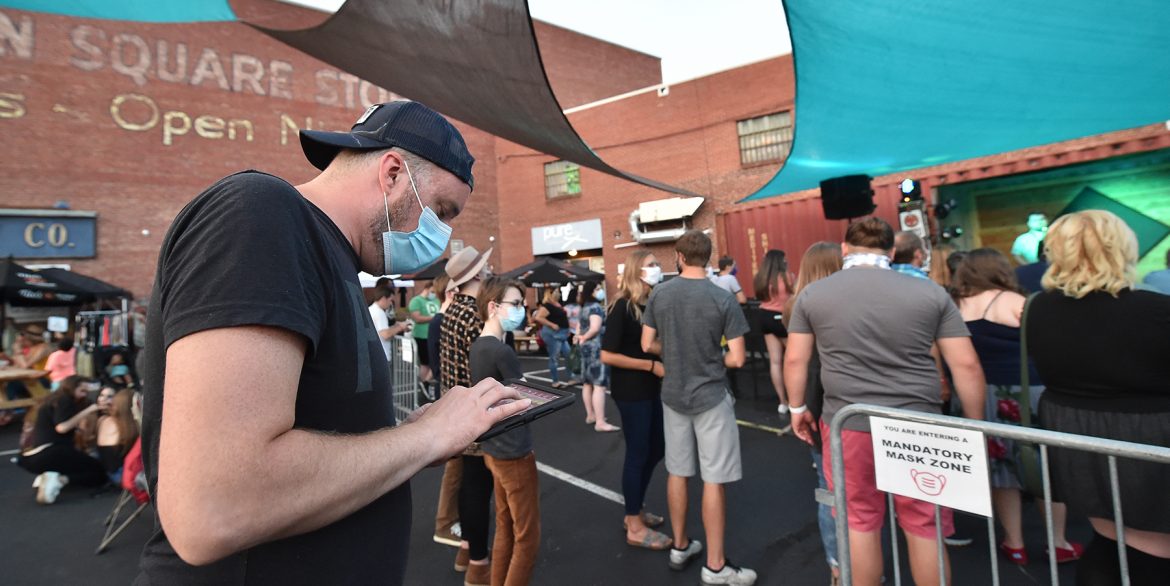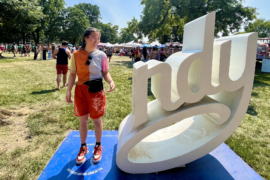How musicians, arts organizations and venues are staying alive, innovating and uniting in the pandemic era
Part two in a four-part series.
Arts organizations and artists sang to our spirits during the pandemic, but they have the power to do more for communities than boost morale. They could be key drivers in a nationwide economic recovery after the pandemic, according to Clay Lord, vice president of strategic impact at Americans for the Arts (AFTA), a non-profit arts advocacy group.
Research by AFTA shows that every dollar used to commission an artist generates 83 cents in community investments for supplies, rent and staffing that wouldn’t otherwise happen. “Every arts attendee spends, on average, $31.47 beyond the price of their ticket in the local community on things like dinner, parking, babysitting and shopping,” Lord says. Closures and cancelations during the pandemic cost local economies more than $15.3 billion in ancillary spending.
The return of live concerts creates the optimistic perception that music is back, but Lord notes that the travails of anyone connected to the arts are far from over. For starters, the bulk of the creative sector is comprised of microbusinesses and gig workers such as musicians. They are often the first to be unemployed without a safety net during an economic pinch, and they are disadvantaged in accessing benefits such as healthcare, unemployment, food and housing assistance, and growth capital. Sixty-three percent of creative workers lost their jobs as a result of the pandemic — 10 times the national unemployment rate, according to Lord.
“We look at this moment as one that requires a one-two punch of relief and recovery,” says Lord, referring to AFTA’s advocacy for long-term policy changes, stimulus funding, public and private investment for hiring/re-hiring incentives, access to capital and commissions of new work. While Lord expects the government’s $15 billion Shuttered Venue Operators Grants (SVOG) to be a saving grace for many arts and entertainment theatres, the grants do nothing to help hundreds of thousands of small creative businesses and solo entrepreneurships in desperate need.
Unfortunately, the SVOG grants, administered by the Small Business Administration, have had a slow rollout. Many independent venues don’t expect to see SVOG funding until April or May, too late to help some Indianapolis venues take advantage of opportunities such as March Madness.
Stay tuned to the conversation about music and the arts in our four-part series.




